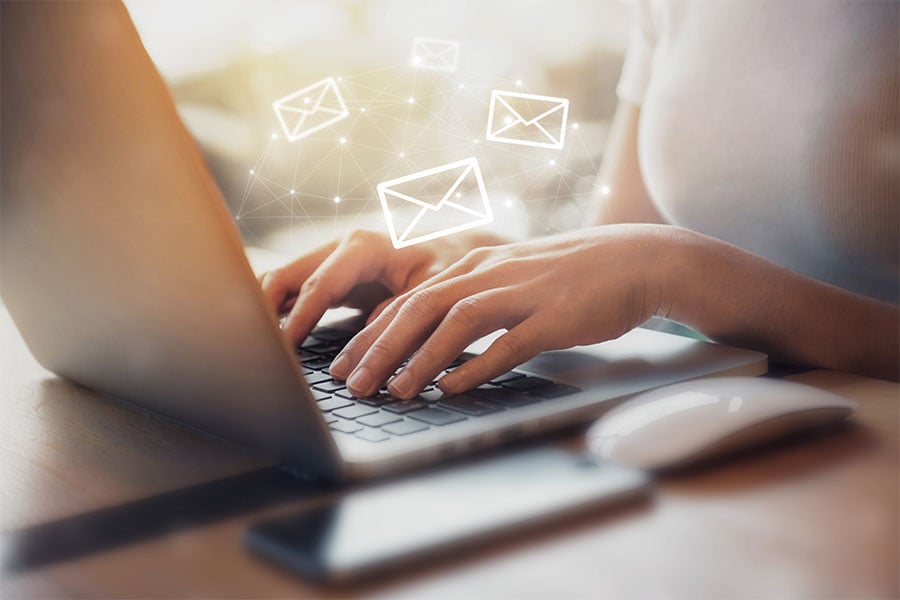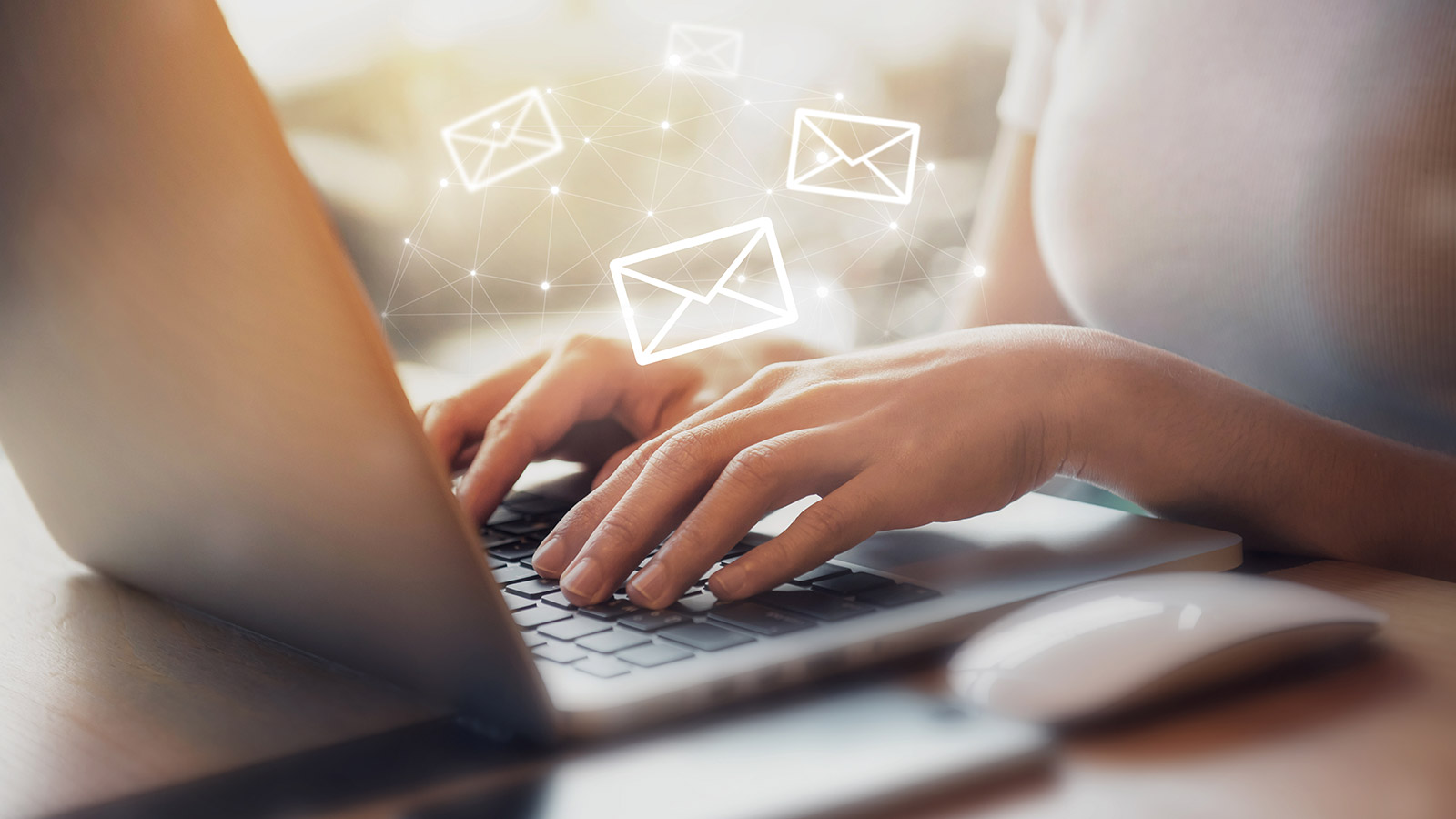In our pursuit of a waste-free world, we often focus on reducing physical waste and recycling materials. During our #ZeroWasteChallenge, we concentrated on this and promptly implemented wonderful solutions. But there is a form of pollution that is often overlooked: digital waste. Our colleague Margriet pointed out the impact of digital waste. One of the biggest culprits in this area is emails. Although they seem harmless and invisible, they have a substantial ecological footprint. In this blog, you'll read about why emails are polluting, which tips we can follow, and what steps we at Milgro are going to take to tackle this problem.
Why are emails polluting?
- Energy consumption: Sending and storing emails requires vast amounts of energy. Think about the servers that host the emails, the data centers required to maintain these servers, and the electricity needed to keep this infrastructure running. This results in significant greenhouse gas emissions.
- Data storage: Emails take up space on servers and hard disks. People often keep emails for many years without ever cleaning up their inbox. This leads to an exponential growth in digital storage needs, resulting in more energy consumption and more required infrastructure.
- Resources: While emails don't seem to require physical materials, there are indeed resources necessary for the production and maintenance of the required equipment. Consider the metals and minerals used in servers, computers, and smartphones. The extraction and processing of these resources often lead to environmental damage.
Tips to reduce the impact of emails
- Clean up your email inbox: Regularly take time to clean up your email inbox. Delete unnecessary emails, spam, and old attachments. A tidy inbox reduces the amount of storage space and energy needed to maintain it.
- Send fewer emails: Only send emails when truly necessary. Sometimes, a brief conversation via phone, video call, or chat can be a more efficient alternative. Also, limit the number of recipients to those who truly need to be involved in the subject.
- Compress attachments: Files such as images, presentations, and documents can take up significant space in an email. Consider compressing these files before you send them, so they require less storage space and bandwidth.
- Unsubscribe from unnecessary newsletters and advertising emails: Regularly take time to unsubscribe from newsletters and advertising emails that no longer interest you. This not only reduces the clutter in your inbox, but also minimizes the amount of unwanted emails you receive.
- Use a simple email signature: Keep your email signature simple and concise, without logos or images. The most important thing is for people to know who you are and how they can contact you. Everything else is superfluous.

What steps are we going to take at Milgro?
At Milgro, we encourage our employees to make more use of the intranet and Teams instead of emails. In addition, we want to make them aware of the importance of a simple email signature. Currently, the signatures contain images and logos. We advise our employees to adjust their email signature and only include the necessary contact information, such as name and phone number. If it's not necessary to use a signature, we recommend leaving it out.
Tips or ideas?
Do you have tips or ideas for preventing waste streams? We'd love to hear what you do to, for example, avoid digital waste or reduce food waste. Let us know!Or organize your own #ZeroWasteChallenge. Want to know more? Check out: zerowastechallenge.eu









